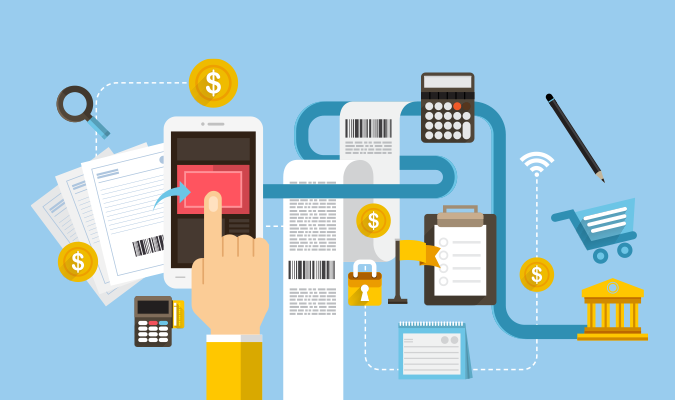By 2025, it is predicted that the value of data will increase by 10-fold. Virtually, every branch of industry or business will generate vast amount of data. Thus, the world will experience an aggressive growth and data could be a missed opportunity when not being utilized. And to make matter worse, the rate of collecting and storing data is faster than the ability to use them as a tangible decision-making. With the help of ever-growing technology, visionaries are creating visualization methods to help turning raw data with no value to an informative data.
Big data has served a purpose for organizations to optimize their businesses.… Read the rest





